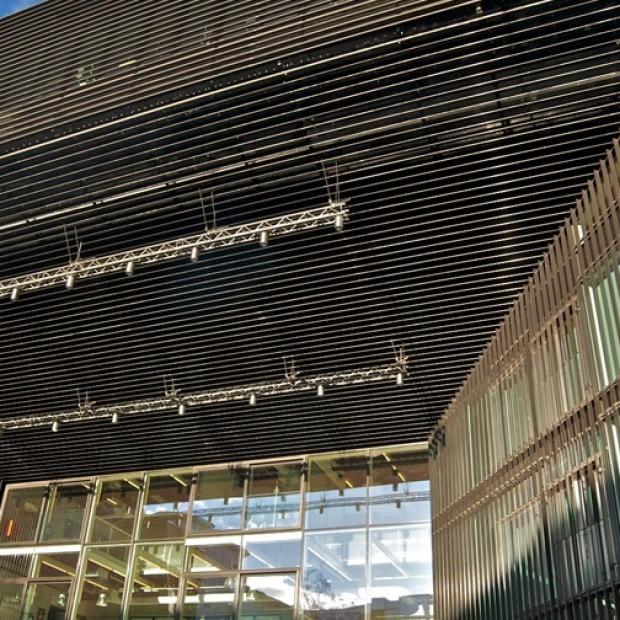Ask a Researcher: Why is the Periodic Table the Way it Is? (Tiit Land)
Our Rector Prof. Tiit Land will talk about how many different depictions of the periodic table there are and what are the rules in creating one.

Why is the periodic table shaped the way it is? Are there any other types of tables? These questions by our viewer Mart will be answered by the Rector of Tallinn University, Professor Tiit Land.
From elementary school chemistry, we all know that chemical elements are all neatly arranged in a table, creating the periodical system of elements. The first rule of this system is that the order of elements in the table is determined by their atomic number, the number of protons in the nucleus of their atom.
For instance, hydrogen is number one which means that there is one proton in hydrogen's atomic nucleus. It is the element with the smallest atomic mass. Meanwhile, iron is the 26th in line which means that there are 26 protons in iron's atomic nucleus.
The second rule is that elements are grouped in the table based on their similar properties, creating a system in which the properties of chemical elements are in periodic dependence upon their atomic numbers.
Currently, there are 118 elements with proven existence in the system. 94 of those can be found in nature, the rest are artificial.
The periodic table is also known as the Mendeleev table because Mendeleev was the one to discover periodic connections between atoms and arranged them in a table in 1869. At that time, there were over 60 known elements and Mendeleev left empty spaces in the table for elements that were yet to be discovered and which he assumed to have existed. Later, those gaps were filled with new elements as they were discovered.
By the way, there are also different methods of presenting the table. Within 100 years, approximately 700 different versions of the table have been published. One very popular way of depicting the periodic table is using a spiral shape with hydrogen in the middle.




